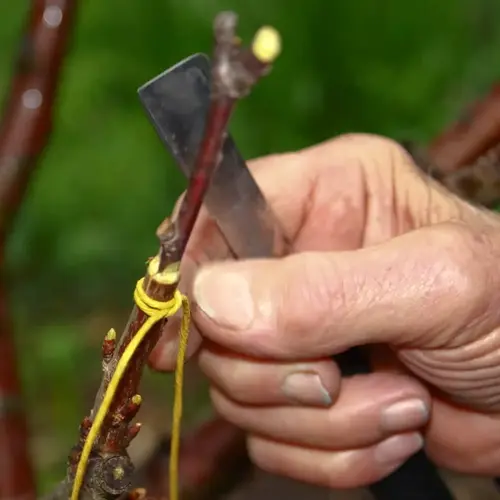What should I do after identifying a plant disease?

Written by
Nguyen Minh
Reviewed by
Prof. Charles Hartman, Ph.D.You have diagnosed a plant disease and must now respond appropriately. I was faced with this situation last summer when my roses were infested with black spot fungus during the rainy season. A timely response prevents the further spread of infection and saves nearby healthy plants. Isolation, followed by specific measures tailored to the disease in question, is the initial step.
Containment Protocol
- Quarantine affected plants immediately using physical barriers
- Sanitize tools with 10% bleach solution after each use
- Create dedicated pathways to avoid cross-contamination
Treatment Application
- Apply fungicides during cooler hours for maximum absorption
- Use systemic treatments for vascular diseases like wilt
- Reapply after rain following product guidelines precisely
Environmental Adjustments
- Improve air circulation through strategic pruning
- Adjust watering to keep foliage dry especially evenings
- Modify sunlight exposure with temporary shade structures
Perform precision removal of infected parts. Be sure to sterilize pruners between cuts to prevent the risk of spreading pathogens. When I had botrytis on my hydrangeas, I cut below the infected stems and sealed the wounds afterward. Properly dispose of debris, never sending diseased materials to compost.*
Modify care routines to promote plant recovery and reduce fertilization-related stress. Increase airflow to nearby affected plants. After experiencing powdery mildew outbreaks, I installed inexpensive fans in my greenhouse to increase air circulation around susceptible plants. Check the soil moisture daily using the finger test.
Keep track of recovery with systematic documentation. Take photographs of the plants every week, noting new growth. Record all treatments in a log with the date of application. My rose took six weeks to recover with good care. Celebrate any improvements, however small, such as healthy buds growing.
Read the full article: Comprehensive Guide to Identify Plant Diseases

